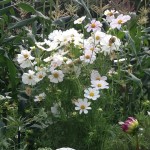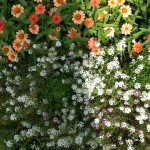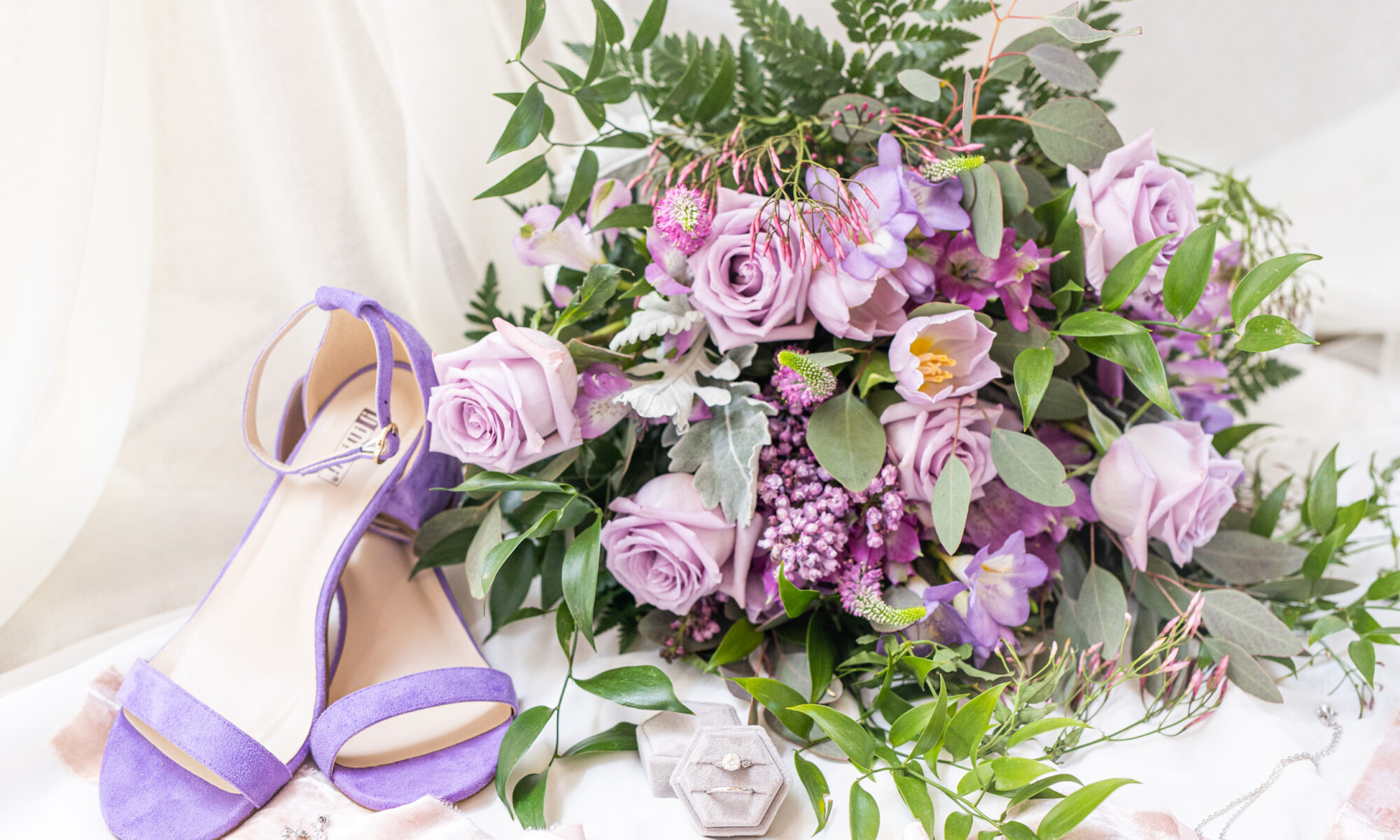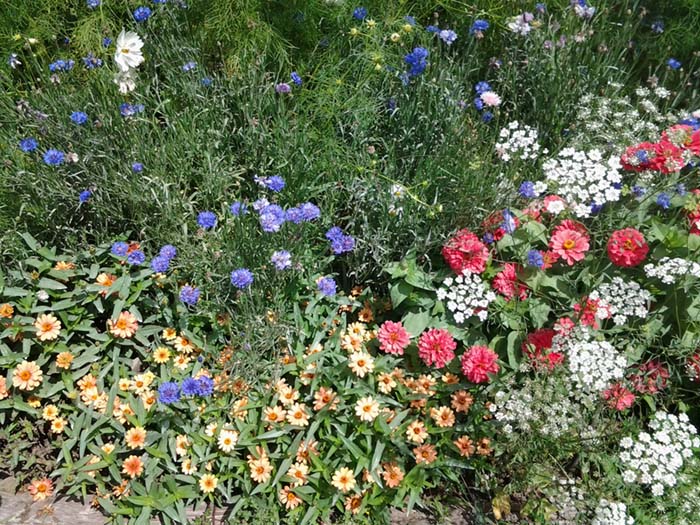Is it possible to grow your own flowers for your wedding? YES! And you don’t even have to be that experienced in gardening. Home grown wedding flowers are great for barn and outdoor weddings, vintage or rustic weddings, or DIY weddings. Locally grown flowers are also well suited to a garden or tea-party theme. Some of the best flowers for a rustic or vintage look are also very easy to grow! Here are some tips from the Garden by the Gate’s main grower Joy Walko.
Annuals
Fast growing annuals such as Cosmos, Zinnias, Cornflower, and Queen Anne’s Lace (Ammi Majus) are easily grown from seed, even for a beginner. For a fall themed wedding there are many new varieties of small sunflowers that are very attractive and easily sown from seed. Contact your local library or garden center for workshops on seed starting.



Other flowers like Lisianthus, Snapdragons, Salvia, Angelonia, or Dusty Miller are inexpensive at garden centers or discount stores. Buy packs of small bedding plants and they will flourish in your sunny garden.
Garden Roses
Garden roses are really not as hard to grow as their reputation suggests. We planted twelve bare root English rosebushes in the spring and had quite a lot of blooms our first year. We had enough roses in bloom in mid-August to have a couple of our own roses in each bridesmaid’s bouquet and a few for the centerpieces. This year I expect them to really take off. David Austin English roses are repeat bloomers so you’ll still have flowers up until frost. You’ll need to watch for pests such as aphids and Japanese beetles and use a fungicide if black leaf spot appears.
These David Austin roses have amazing root systems that allow them to get established quickly. Mushroom compost is great for enriching the soil.
Dahlias
One of our most successful crops is dahlias. A single bulb will produce dozens and dozens of blooms throughout the growing season and they required very little care.
The most important factor in growing your own wedding flowers is timing. Find flowers and plants that are known to be at their peak at the time of your wedding. In June these would include roses, peonies, delphinium, and astilbe among others. In midsummer most of the other flowers I  mentioned will be in bloom and you should still have roses. The exception is the Dahlias which won’t really come into their own until late July and August. They will be at their peak at the end of August and throughout September.
mentioned will be in bloom and you should still have roses. The exception is the Dahlias which won’t really come into their own until late July and August. They will be at their peak at the end of August and throughout September.
Plan B
Don’t forget to have a Plan B! If your flowers are not doing what you expect at the time you need them you’ll need to supplement. Locate some other local growers from whom you can purchase additional flowers if needed. Visit farmer’s markets or investigate gardens clubs to find people who may have flowers to sell. You can also purchase bulk flowers at your local big box buying club store. I found the website of a local dahlia enthusiasts group who were helpful in locating growers. I ended up purchasing several dozen stems to supplement my crop from a lovely lady who ran a farm stand at her home. I visited early in the season and explained what I was doing. She gave me some tips and I had her phone number so I could place an advance order when the wedding was near. You may also have neighbors who would be willing to share their garden bounty; they’ll probably be excited to be a part of the wedding plans. Have you noticed a house down the street with a row of peonies along the drive or banks of astilbe in bloom? We got buckets of purple liatris from a neighbor of my mother-in-law who was only too glad to share.


Of course, growing or buying flowers is only the beginning. You will need to turn them into bouquets, centerpieces and other decor. I’ll talk about that in a future post.
Meanwhile, get out those seed catalogs and visit websites to start planning your garden now.


